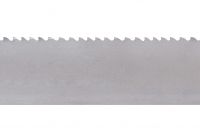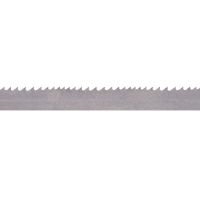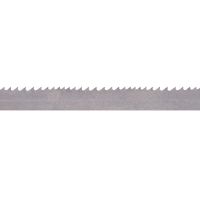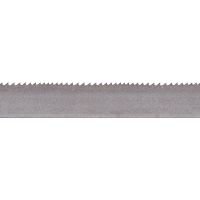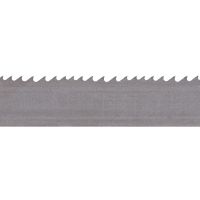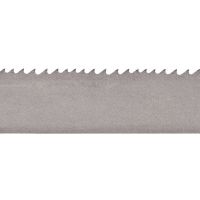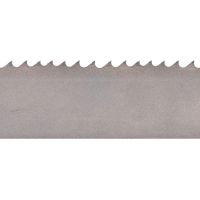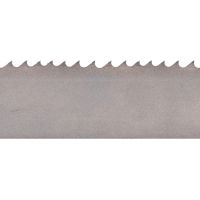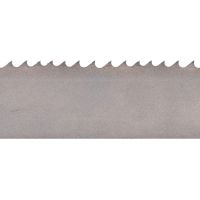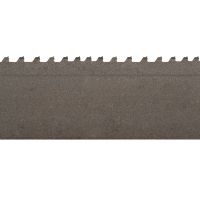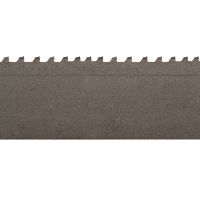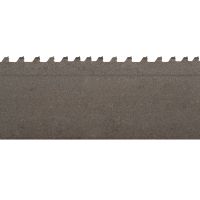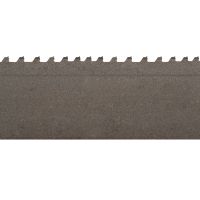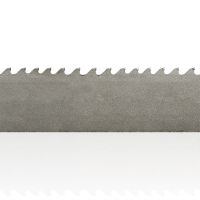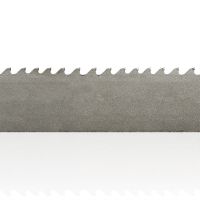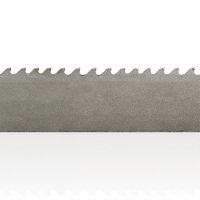This is a complicated issue with diverse factors affecting the output quality, but understanding the basic commercial influences at play may help you avoid the worst effects of poor raw material, or at least give you a better idea of why you’re having to cope with them.
With grades and certification bearing the brunt of steel quality control, it’s easy to think that there is no need to worry about quality but this may not always be the case. This is particularly so when global markets are in turmoil from economic pressures (overproduction, international tensions and conflict, etc.) and current geopolitical issues are significantly affecting the certainty of supply around the globe.
This article looks at foundry methods and factors which might influence production volumes, market prices and output quality to provide an insight into what could ultimately affect your steel.
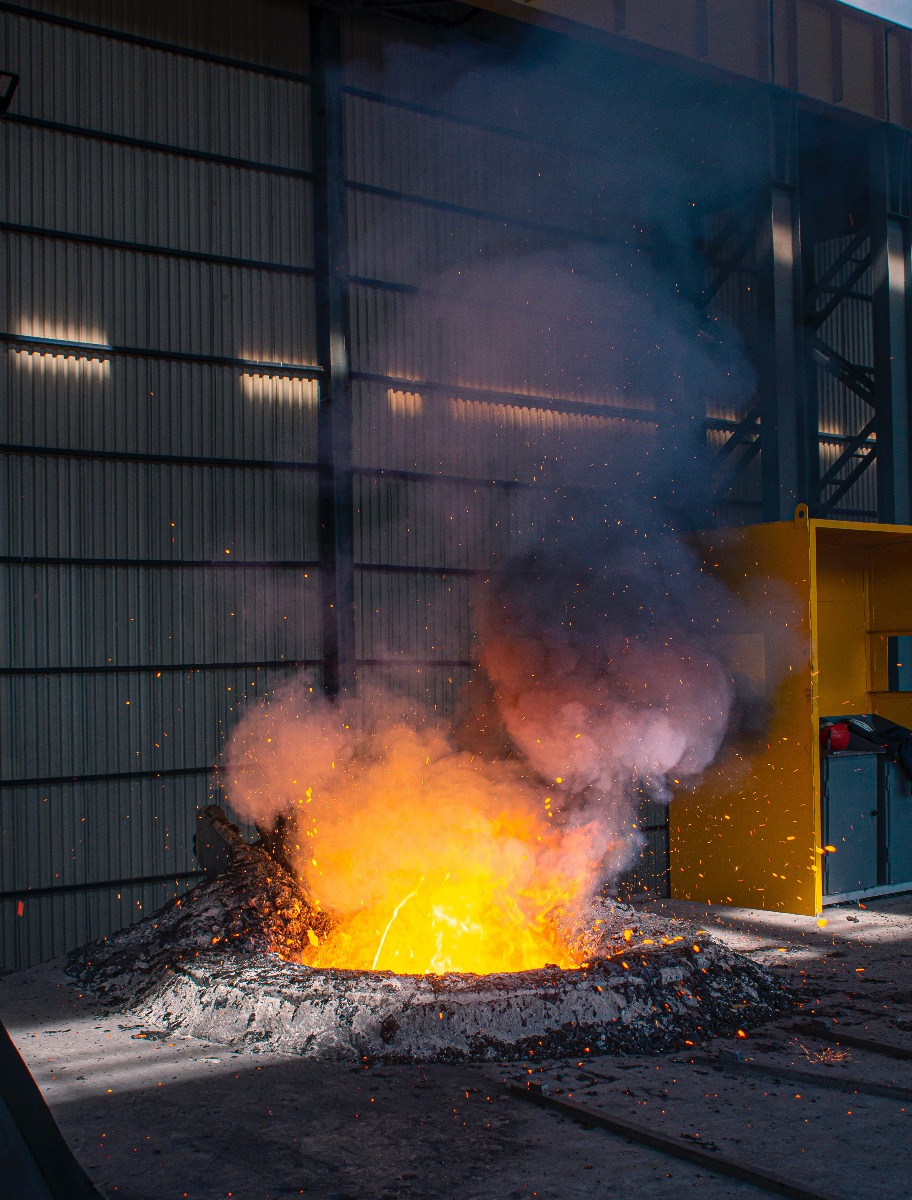

HOW IS STEEL PRODUCED?
There are two methods that apply to almost all steel manufactured in the 5 major steel-producing nations, BOF and EAF.
BOF
Basic Oxygen Furnace is the older of the two a lance , reacting with carbon to raise the temperature to c.1700°C. Impurities are oxidised and carbon content reduced. BOF is still the most common production method, accounting for about two thirds of the world’s steel output.
Pig iron is the main feedstock, making up around 70% of the mix. The remainder is predominantly scrap steel, the exact proportions may vary to reduce costs and carbon footprint.
EAF
Electric Arc Furnace is the more modern process and relies very heavily on scrap steel as the main feedstock, with only small amounts of pig iron or Direct Reduced Iron being added to balance the chemistry of the final output. Operating temperatures are generally lower at around 1600°C.
Environmental and commercial imperatives are driving growth in EAF production and the investment required is less than for BOF, although EAF mills tend to be much smaller by comparison.
SO WHICH METHOD PRODUCES BETTER STEEL?
Whether one is better than the other depends entirely on what criteria you measure against, if your only consideration is the best possible quality steel then there should be no real difference between the two. However, life, and especially commerce, is never so straightforward. Both methods are capable of producing good quality steel,but both can be affected by reduced focus on output quality.
BOF makes up most of the world’s production. It takes the most basic raw materials (iron ore, coal & limestone) and transforms them into the end product through several stages, so to be commercially viable the manufacturer needs to control as much of the process as possible. This is why many of the larger producers also have high stakes in the mining and transportation of the raw materials, in some cases owning (and cost-controlling) 100% of the operation. With BOF, mill owners can control most of the costs and quality at every stage of production.
EAF, on the other hand, predominantly relies on scrap steel as its main resource, offering a major political advantage. It also does away with the need to own or control the bulk of the production process, being a one-stage melt, bringing significant benefits in terms of cost & complexity. This simpler process should allow better focus, so guaranteeing quality should be easier.
WHERE CAN THEY FALL DOWN IN TERMS OF QUALITY?
Unsurprisingly, most of the potential for poor quality comes down to cost cutting somewhere along the way. It’s quite a commitment to establish a BOF process from start to finish, and the old steel magnates were determined, hard-nosed types who generally understood that they lived and died by the quality they produced. However, many of the older plants have been nationalised and, depending on the wealth of the nation, may be prone to overcutting costs – and corners! Introducing a higher proportion of scrap steel is a temptingly easy way to reduce production costs in a BOF plant.
EAF, on the other hand, relies very heavily on scrap, making up the greater part of the raw material going into the final product. For a BOF firm, the average cost per ton of capacity is 3 to 4 times that of an EAF minimill, so EAF’s barrier for entry is much lower. Whilst this may be seen as a positive, it also means that less financial backing is required to set up an EAF plant. It is not inconceivable that a broader range of investors with a lower entry threshold could encourage more unscrupulous players into the market.
So, both processes make heavy use of scrap steel, in BOF it should be kept within a fairly low percentage and in EAF it makes up the greater proportion. By its nature, scrap steel is variable and must be sorted or pre-processed first, which takes labour and production time. If not well prepared, it can have significant knock-on effects, although it’s likely to be cheaper.
To produce high-quality steel, it is imperative that scrap is consistently well sorted and that any coating is removed before entering the furnace as they typically contain tramp metals (copper, tin, antimony, lead), which cannot be removed by pyro-metallurgical processes in a high-temperature furnace. When introduced into a BOF or EAF melt, they become dissolved in the steel and have a low affinity for oxygen, so where an oxygen lance is used to blow out carbon and oxidize any silicon/manganese/aluminium that may be present in other feedstocks, these tramp elements remain in the melt pool and contaminate the liquid steel.
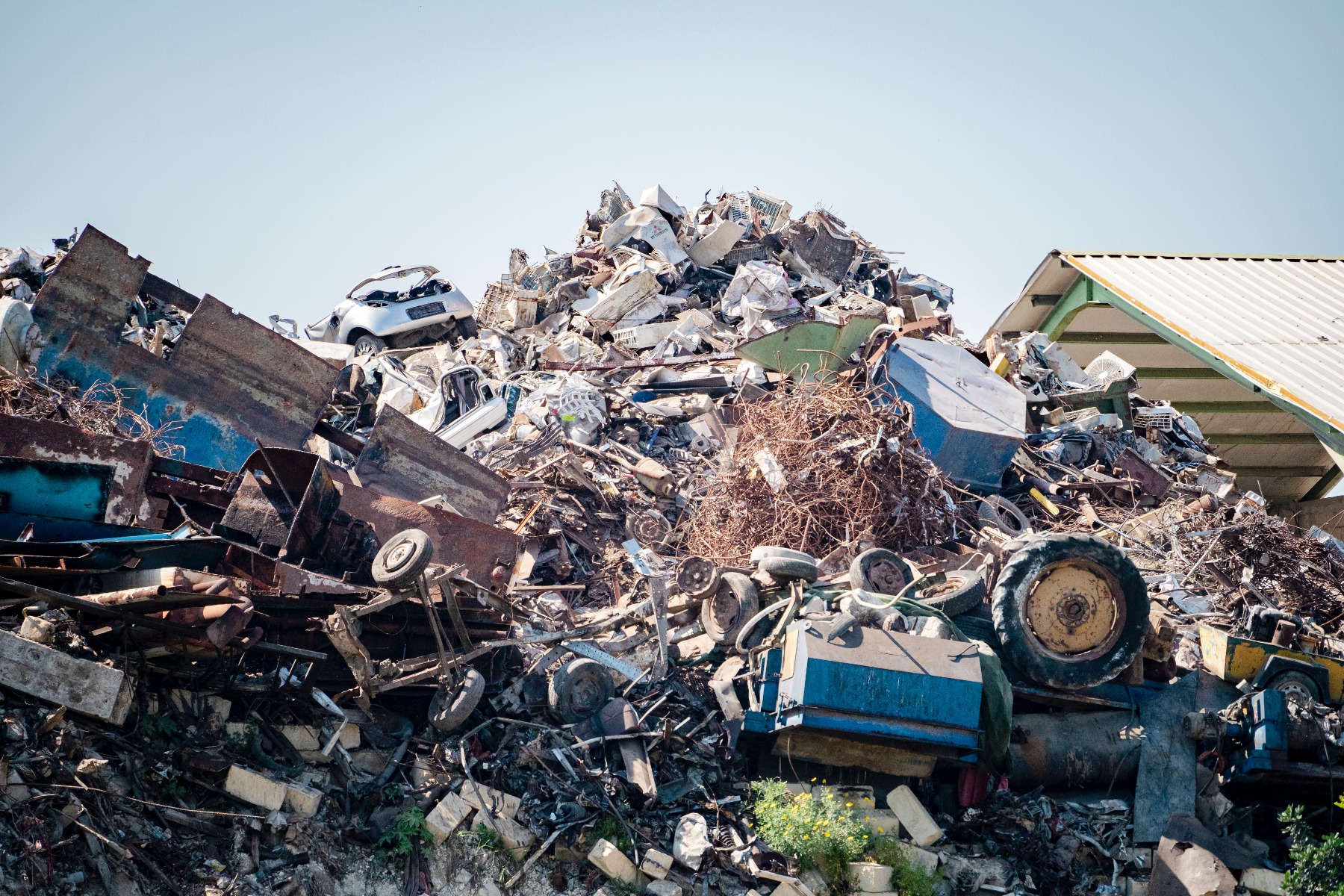

Many pre-processors are looking to reduce costs and while some strive to achieve this through improved efficiencies and technology, others may not be in a position to invest, or may choose to take the short-term view and cut corners where they can. Eliminating quality checking through the sorting process may save labour, and a few degrees off the temperature or a couple of minutes less in the melt will reduce the fuel bill but it’s quality that ultimately pays the price. Global and regional supply and demand also have an effect on what quality is available. China has been a huge consumer of steel for many years, and is the world’s leading producer, but more recently it has seen a significant downturn in domestic demand. This has led to a ‘dumping’ of domestic-quality steel onto the international market at low prices and it is widely believed that this product is inferior. The Russian conflict with Ukraine and resulting sanctions are also having an effect on European production, in part because of the rising prices of energy in the region. It is easy to see how these factors have led to uncertainty over the quality of steel available.
CONCLUSION
Most quality problems with steel come via the scrap/recycled components used in the furnace. To produce high quality steel, scrap must be well sorted and appropriately pre-treated. However, not all scrap recyclers take the same care, some will inevitably be tempted (or forced) to cut costs, resulting in inferior, contaminated product going into the final mix. Mills looking to further reduce costs and process cheaper scrap as part of their final output will be producing lower quality steel as a result. Unfortunately, New Zealand’s metalworking industry is at the end of a chain of production & shipping that starts with high-investment companies who have to contend with global influences in an uncertain world. It is therefore difficult to escape the consequences of upheaval in steel producing countries, leaving just one strategy that might reduce your risks. Where you can, source your steel from trusted stockholders and try to avoid the temptation of those deals that seem too good to be true – they probably are.

